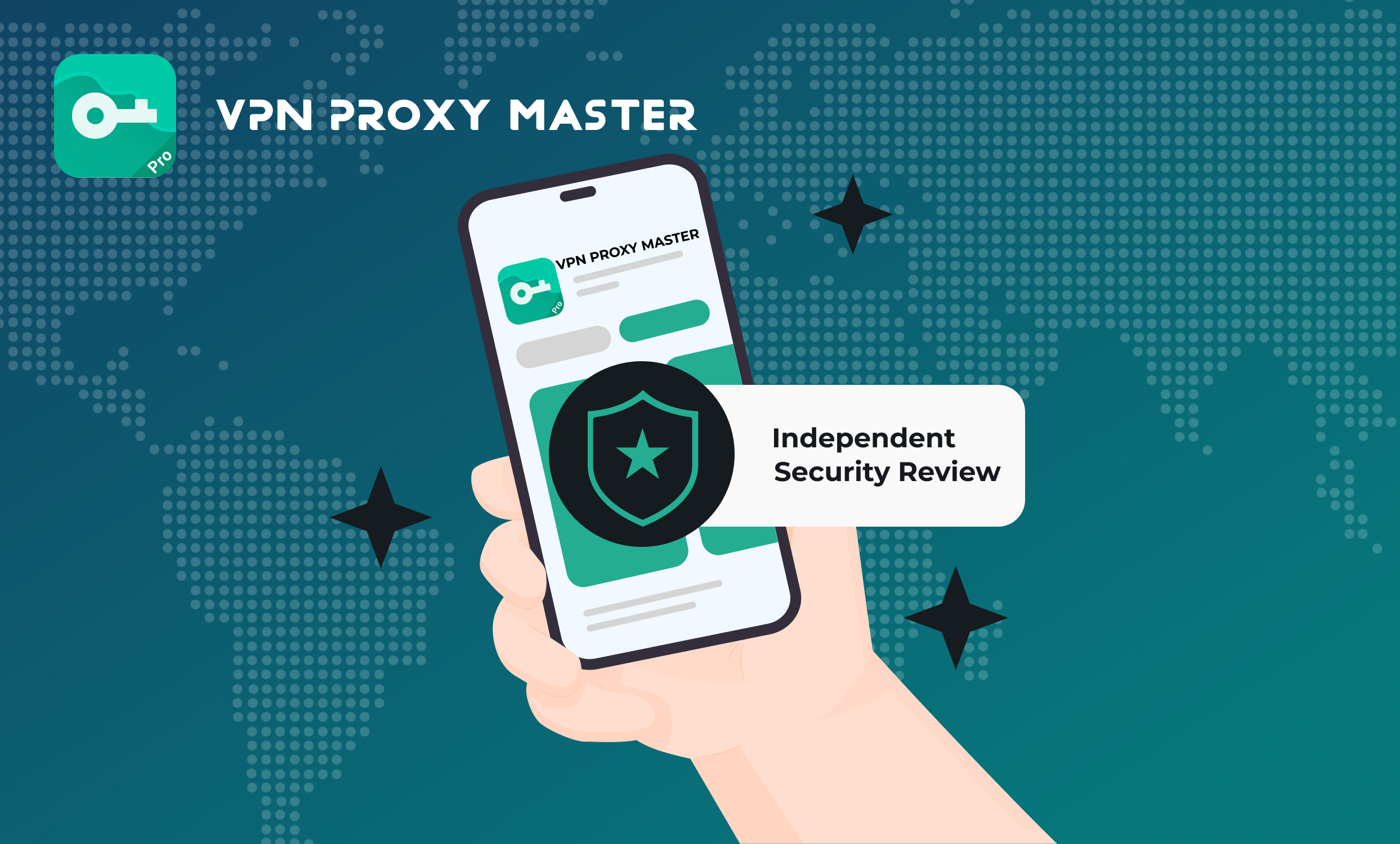If you are a techie round the corner, entrepreneur, IT professional, student, or working remotely for a company, specifically, this article will tell you in less than ten minutes the difference between the three most popular formats of remote access, namely VPN, RDS & VDI. I am sure you will relate to this.

The year 2022 has been the year of remote access. Agree? As a result of the Covid-19 Pandemic, work from home has become the new S.O.P.(standard operating protocol). This applies to all businesses on the planet. Experts say this work from home has in fact become CFO's best friend owing to the cost savings attached. As a result, a lot of IT/ITES brands around the globe are considering working from home permanently. In 2020, the number of remote working professionals has grown by 400% as compared with the number in 2010. You can check out 7 crucial remote access features via VPN during this Covid-19 Pandemic too!
Thus, before we start let us quickly define in a few words what are VPN, RDS & VDI.
V.P.N.
The first, a virtual private network enables any remote desktop/laptop device to securely access a network with the help of an internet connection.
R.D.S.
Secondly, remote desktop services, a Microsoft solution allows computing devices to remotely access a centralized server using one single virtual desktop experience.
V.D.I.
The third, virtual desktop infrastructure also empowers remote computing devices to access a centralized server. This technology empowers the user with a personalized user experience through virtual machines on the server.
About the remote access industry
The virtual private network industry was USD 15.64 Bn. in 2016, which is now being predicted to be USD 35.73 Bn. by 2023. The expected year-on-year growth is USD 4.5 Bn.
Falsify your actual location with PokemonGo and catch ’em all!
- TrustRradius reported a growth of 281% in its remote desktop software category right at the beginning of April 2020.
- PR Newswire predicts the VDI industry to grow by USD 3886.2 Mn i.e. a whopping 10% CAGR between 2020 - 2024.
Though all three technologies empower the corporate sector to help professionals access their networks remotely. However, there are some conceptual differences between the three technologies you should know.
Differences Between VPN, RDS, and VDI
User experience / Interface
- Virtual Private Network
The remote user gets a personalized experience because he uses applications on his desktop. The applications interact with the central network. The user experience is personalized.
- Remote Desktop Services
The user remotely accesses the central server. So the user experience of all the users is the same as the server. The user does not get a personalized experience
- Virtual Desktop Infrastructure
Through virtual desktop experience is personalized. The virtual desktop creates an operating system experience same as the client.
Unit economics
- Virtual Private Network
V.P.N. networks are recommended for small and medium businesses. However, a lot of large businesses also use VPNs.
- Remote Desktop Services
Remote desktop services are best recommended for medium and large enterprises that use heavy-weight applications.
- Virtual Desktop Infrastructure
VDI infrastructure is a slightly complicated affair. It is best for the large businesses that want to cut the cost of client-side infrastructure
Maintenance
- Virtual Private Network
The client normally installs a VPN application. The network is established on authentication and it is done. Lowest on the maintenance part.
- Remote Desktop Services
Relatively higher maintenance. However, with fewer machines comes less patching and maintenance.
- Virtual Desktop Infrastructure
Very high maintenance. The software and hardware application make the infrastructure complicated.
Performance
- Virtual Private Network
The performance is always dependent on the user's hardware. The same transactions take more data transmission in VPN.
- Remote Desktop Services
In all three, remote desktop services fall between the VPN and VDI.
- Virtual Desktop Infrastructure
Because of the compartments of resources, Virtual Desktop Infrastructure guarantees the fastest user experience.
Security
- Virtual Private Network
The process of data encryption secures the data while it is traveling through the network.
- Remote Desktop Services
RDS only allows the data to remain on the server. The user machine does not store anything. Hence even if the user machine is lost or goes into the wrong hands etc, the data is never lost.
- Virtual Desktop Infrastructure
Exactly similar to RDS, VDI also stores all applications and data on its centralized server. Hence even if the user machine is lost the data is never lost.
Conclusion
Hence, the remote access industry is growing at a very fast pace. The three segments of remote namely VPN, RDS, and VDI have similar applications. Consequently, the remote access usage, number of users, the centralized server, etc are the factors that help us identify which solution is the best for which corporate. For this reason, I strongly recommend to all IT administrators in corporate houses consult a network infrastructure professional in brief before deciding on which technology to go for.
Although, we listed 5 differences here - Right? Did we miss out on a difference? Likewise, please share in the comments a difference that we missed out on. Indeed, we will publish it with a mention.
Finally, interested in knowing how remote access can turn into a successful work-from-home infrastructure that saves you dollars? Furthermore, share your number in the comment box and we will extend a free consultation for you in 15 working days.















